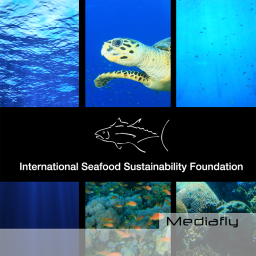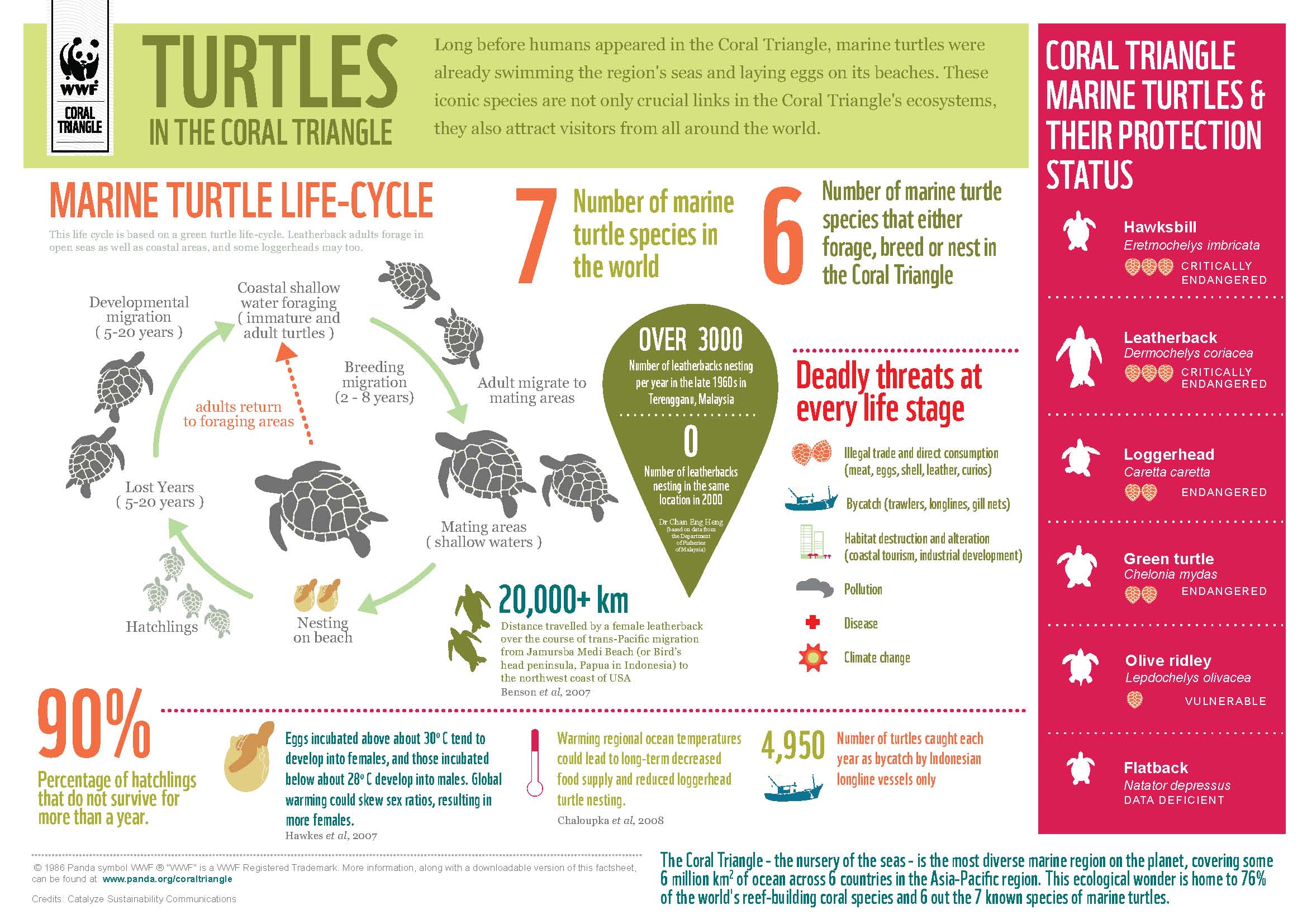Earlier this year I was happy to see that the federal government had awarded New Jersey a $1 million grant to protect the ecologically sensitive wetlands in Cape May County (“Where Nature Smiles for 30 Miles” and where my hometown is located). The New Jersey Department of Environmental Protection (DEP) will use the money to purchase 140 acres to add to the existing 17,000-acre Cape May Wetlands Wildlife Management Area. These wetlands are not only where I fell in love with the natural world, but are also home to many species of migratory birds and act as a nursery for many commercially important species of fish that spawn in the estuaries.
So with a combination of my pride in the DEP’s award and my feelings that an ‘ode to home’ in the Where We Live series is long overdue, I decided to take the time to compile a list of “10 unique and interesting natural history or maritime features of south Jersey”. I am sure there are plenty more out there, so please feel free to comment below or send me an email at info@beachchairscientist.com if you have any additional comments or questions.
1. South Jersey sits to the east of the Delaware Bay. The Delaware Bay boasts the second-highest concentration of shorebirds in North America (second to Quivira, Kansas which is mid-point in the United States). The Bay is mid-point in travel for many birds that travel from the warm weather of South America up to the Arctic. The Bay is also a perfect wintering habitat for many species of songbirds and waterfowl.
2. The world’s largest population of Atlantic horseshoe crabs (Limulus polyphemus) spawn in Delaware Bay.
3. At the entrance of the Delaware Bay is the Cape May Lighthouse, built in 1859, which documents the beginning of Cape May County’s nautical history. There is also the Hereford Inlet Lighthouse, built in 1874, on the Atlantic Ocean side of the Cape May County peninsula in North Wildwood. Speaking of Cape May, the famous Cape May diamonds people have been looking for since the 1880’s are actually quartz crystals that wash up as smooth rock.
4. At 3800 Boardwalk Mall in Wildwood you can see the 43rd Wyland Whaling Wall, “Humpbacks off the Jersey Coast” (pictured right). Wyland is known as “one of America’s most unique creative influences, and a leading advocate for marine resource conservation”.
5. The A.J. Meerwald, New Jersey’s official Tall Ship, began life as a sailing schooner built for oystering, but was commandeered during World War II to serve as a fireboat on the Delaware Bay.
6. The Stone Harbor Point is one of the few parcels of New Jersey’s coast that has not been stabilized (86% of the shoreline has been stabilized) leaving a remarkable wide open space that has been shaped (and reshaped) by waves and tides for centuries. It also has one of the last thickets of bayberry left on New Jersey’s coast.
7. The Marine Mammal Stranding Center in Brigantine has the impressive achievement of responding to over 3,900 strandings of whales, dolphins, seals, and sea turtles (all, of course, done with a permit and authorization from the state and federal governments).
 8. In south Jersey you’ll also find the Pine Barrens, a distinctive natural area spanning over 1 million acres of the Outer Coastal Plain (pictured left) in southern and central New Jersey. Dr. Witmer Stone, an early New Jersey natural scientist described the area as “always sandy and thickly covered with more or less scrubby vegetation, interspersed with swamps and infested by hordes of mosquitoes”. This area is particularly prone to fires and some species, such as the rare pygmy Pitch Pine, have become adapted to the fires and count on the fires to reproduce. The sandy soil of the Pine Barrens is sometimes referred to as sugar sand.
8. In south Jersey you’ll also find the Pine Barrens, a distinctive natural area spanning over 1 million acres of the Outer Coastal Plain (pictured left) in southern and central New Jersey. Dr. Witmer Stone, an early New Jersey natural scientist described the area as “always sandy and thickly covered with more or less scrubby vegetation, interspersed with swamps and infested by hordes of mosquitoes”. This area is particularly prone to fires and some species, such as the rare pygmy Pitch Pine, have become adapted to the fires and count on the fires to reproduce. The sandy soil of the Pine Barrens is sometimes referred to as sugar sand.
9. Blueberries were officially named the state fruit in 2004. New Jersey produces the second most blueberries in the world (Maine is first). Hammonton is considered the “Blueberry Capital of the World”.
10. After the federal government designated the Outer Coastal Plain as an American Vinticultureal Area, south Jersey started up on the wine trend! Now south Jersey has more than 20 fully functioning wineries and vineyards.
As Jacques Cousteau said, “People protect what they love“. I am sure you can tell from this blog that I do love the ocean. This love no doubt came from growing up in south Jersey and spending time everyday at the beach or the nearby Bay. Here’s a poem I wrote (almost 12 years ago) about the area. I hope you’re inspired to learn about the natural history of your own area – especially on this upcoming Earth Day weekend.
Cheers!


 Dugongs, a relative of
Dugongs, a relative of 











What people are saying …